Helping wildlife at home
Create a wildflower meadow to attract butterflies, bees and birds
by Ben Wurst, Habitat Program Manager
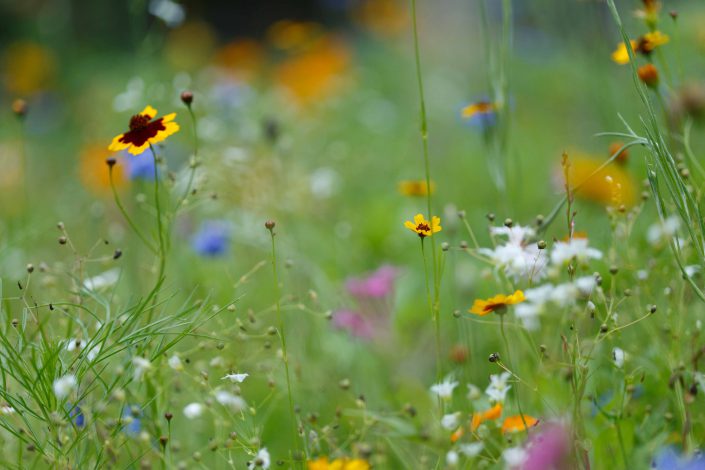
Providing habitat for wildlife in your own backyard can be a very rewarding experience for your entire family. My kids love to help prep the soil and broadcast seeds, while my wife loves cutting some flowers that are produced. Beneficial habitat can be as simple as choosing to plant native instead of non-native plants in your yard. If you want to go all out, then consider replacing part of your lawn with a wildflower meadow. Colorful wildflowers add aesthetic beauty to your yard while providing food for pollinators and songbirds.

Over the past 8 years or so I’ve converted parts of my lawn into meadows. Spending money and finite resources to maintain a large lawn didn’t make sense. It also looks terrible during dry spells in the middle of summer. To help reduce the amount of grass that I needed to mow, sometimes weekly, I stopped mowing all together to let warm season grasses get established and planted wildflowers.

I prefer to plant all annuals when seeding wildflower beds for several reasons. They bloom during the year they were planted, unlike some perennials which take a year or two to bloom. Some mixes that are a mix of annuals and perennials try to get around this, but over time grass and weeds can take over and sometimes out compete the beneficial, flowering plants (this is how I got started with this and now the bed is mostly grass). Next year I’m going to try and devote an area to just perennials to see if I can get one going again. Most seed mixes provide a good variety of annuals where at least one species is in bloom during the entire growing season. Lastly, you can chose to grow a different species each year. This is why I chose to grow all annual wildflowers.
Follow these steps to create a simple wildflower meadow in your yard.
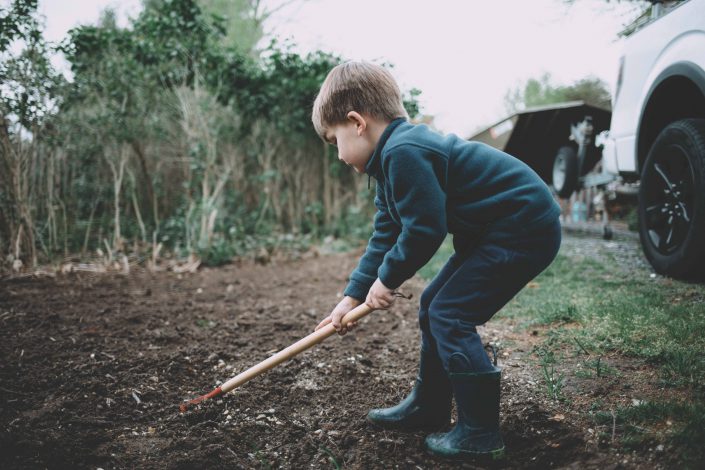
Step 1: Plan. Choose a sunny location in an area away from your house. Generally, the more sun the better for most wildflowers. An adequate location is where it faces south-southwest and gets full sun for most of the day during the growing season.
Step 2: Choose a seed mix (or a single species) that is native to where you live. We are considered to be
part of the Northeast. I use all annual mixes and blend them with other single species mixes, like zinnias and sunflowers. You can buy great seed mixes for your area from American Meadows.
Step 3: Measure and mark the outline or the perimeter of the wildflower meadow. This optional. I just till around the edges of mine first to define the border. One in my yard is approximately 15 feet long by 20 feet wide.
Step 4: The hardest part — ground preparation. You will need to do this to get a bed established. Once you do then less work is needed to keep it going from year to year. I till in the spring, usually in early April. There are several different ways to remove sod or cool season grasses:
Option 1 – Manually remove grass by using a pointed shovel to dig it out. You can save some of the soil by pounding the clumps of sod onto the edge of the shovel blade. This is best for small areas.
Option 2 – Till the area with a gas or electric tiller (my preferred method). You should till between 3-4 times over a short period of time. Allow the soil to dry between tilling. Try to rake out roots to totally remove grass. Most suitable for medium sized areas and why I use this method.
Option 3 – Rent a sod cutter. A sod cutter does what its name implies, it cuts off the sod for easy removal. After removing the sod, you should till the area and mix in some compost to add nutrients to the soil. This method may be the easiest for large areas, but also may cost more because you have to rent a sod cutter.
Option 4 – Smother the grass. Blanket the area with newspaper/cardboard to kill the grass. This is easiest way but must be done the much earlier in the process.
Step 5: Amend the soil with organic compost. Compost adds essential nutrients to the soil that may have been lost during the sod removal process. Much of this really depends on your soil type. My soil was very sandy and lacking organic material, which helps to hold water. I usually add a bag or two every year in my beds when doing all annuals.
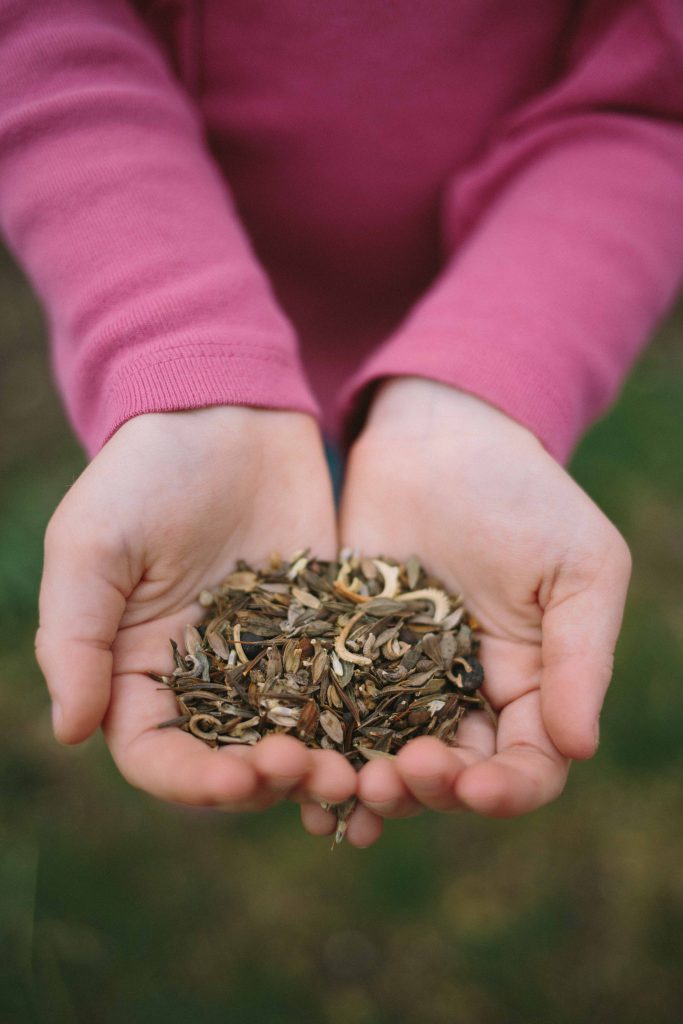
Step 6: Disperse the seeds. I usually disperse the seeds by hand. Don’t overseed! Make sure they get evenly distributed to cover the entire site. Follow the seed planting direction on the packaging for the best results. I tend to wait until we are safe from any late season frost. You can safely store seeds in an airtight container to use during the following year.
Step 7: Water the area regularly until the plants put on their second set of leaves. Then water once a week until established. After that, water is not needed unless droughty conditions occur.
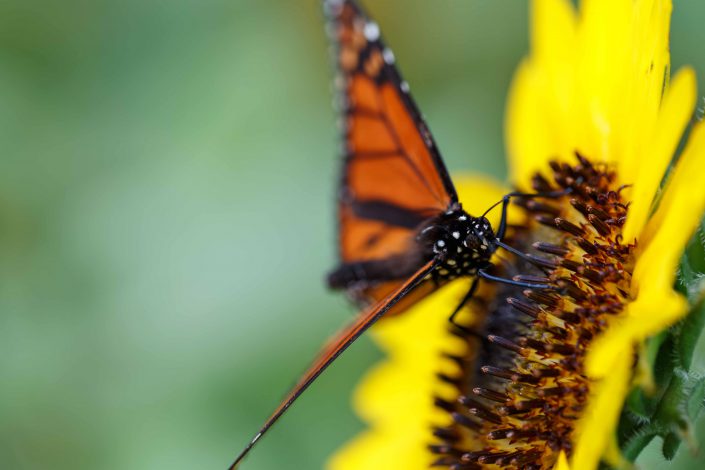
Step 8: Enjoy and watch the wildlife that is attracted to your wildflower garden! During the summer you will get plenty of nectaring bees and butterflies and in fall and winter you will get sparrows and goldfinches that will come and eat the seeds.
After the growing season leave the plants throughout the whole winter. It might look ugly, but there is still beneficial habitat for wildlife. Migratory birds will eat the seeds. As the vegetative matter decays, it will get mashed down by rain, wind and snow and create habitat for small mammals. Remove what is left in the spring when you start with ground prep in the spring.
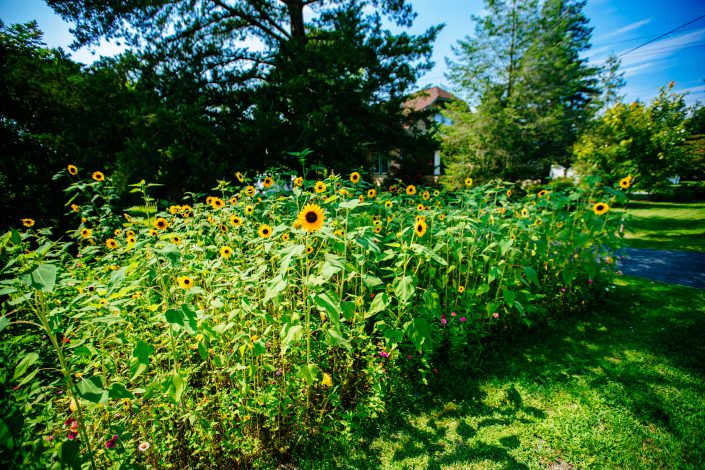
In previous years I’ve done mixes with lots of zinnias, cosmos and other wildflowers. This year I decided to plant more sunflowers (both mammoth and autumn beauty) that bloom for a very long period and then provide a great amount of seed for migratory songbirds. So far this summer, they have been magnets for many species of butterflies and bees, including monarch butterflies, swallowtail butterflies, eastern bumblebees, elfins, common buckeyes, and more! Sunflowers are also beautiful flowers to admire and photograph.
We hope you join us in creating your own wildflower meadow. Feel free to post photos on our Facebook page to join the conversation.
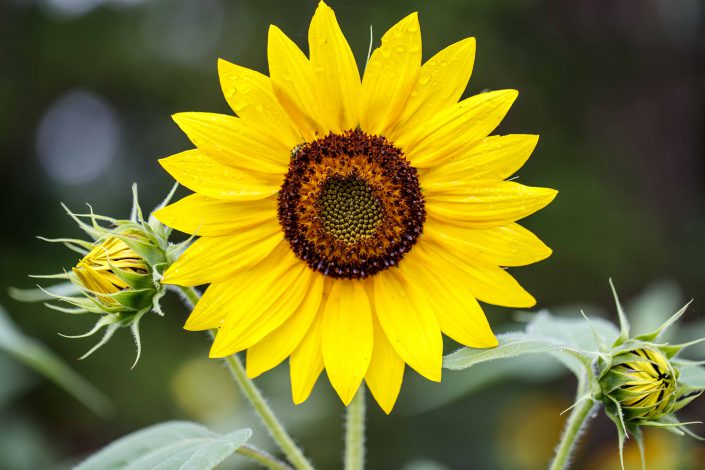
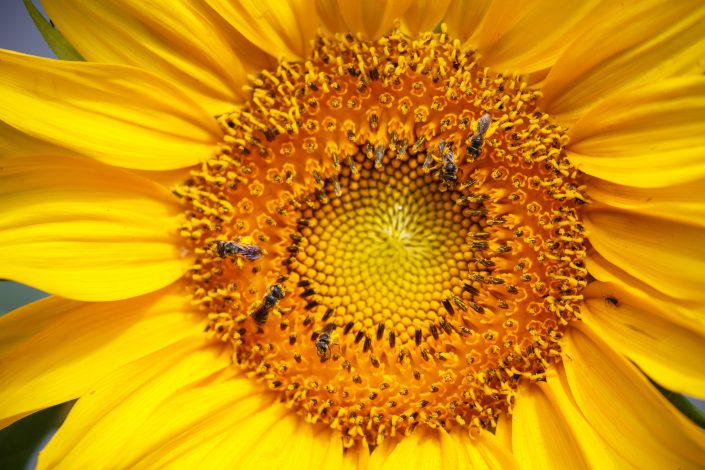
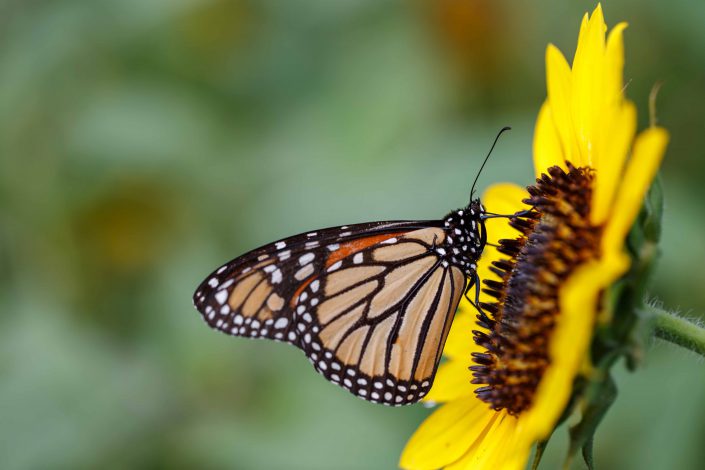

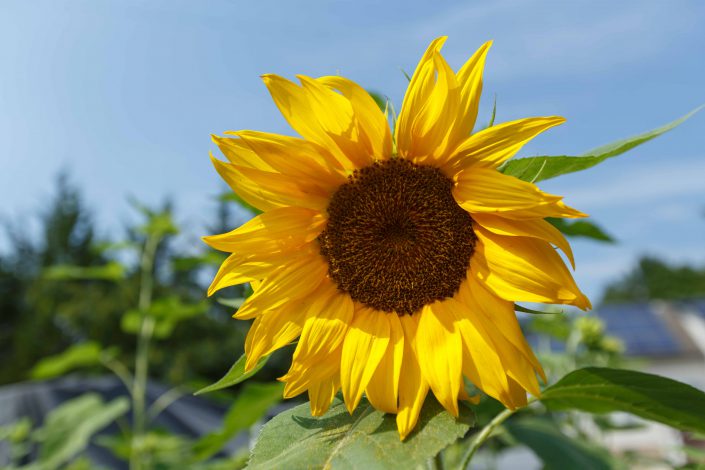

Discover more from Conserve Wildlife Foundation of NJ
Subscribe to get the latest posts sent to your email.
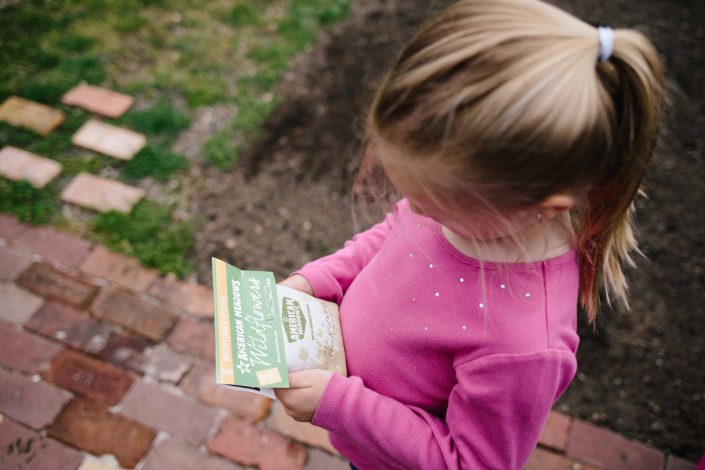
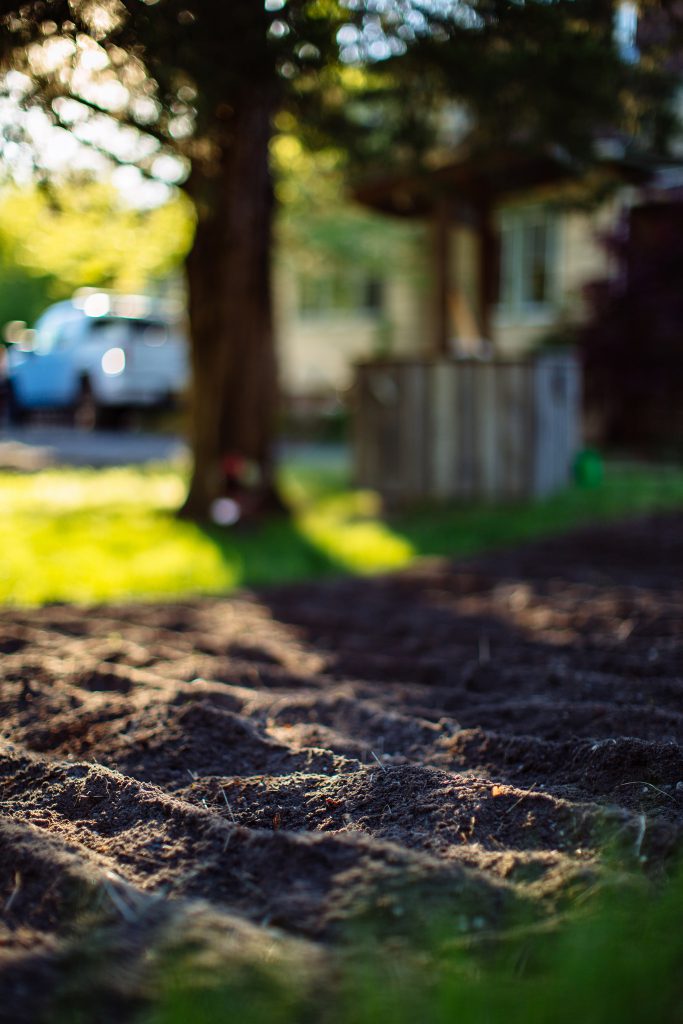
Leave a Comment
Great article. Thank you!
Comments are closed.